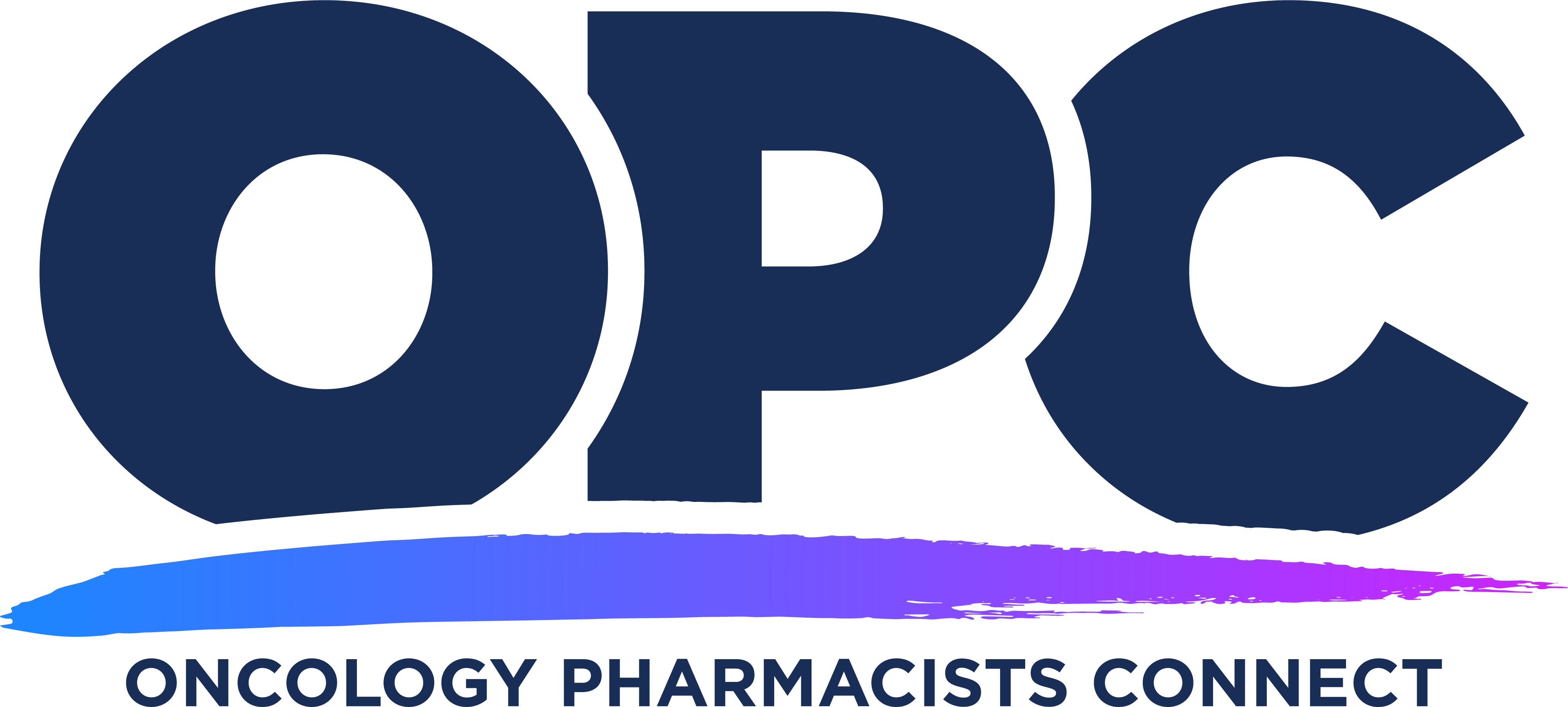
New Breast Cancer Treatments See Significant Obstacles With Affordability, Access

Andrea Iannucci, PharmD, BCOP, assistant chief pharmacy officer at UC Davis Health, discussed challenges and opportunities when implementing new treatments for breast cancer.
In an interview with Pharmacy Times at the Oncology Pharmacists Connect conference, Andrea Iannucci, PharmD, BCOP, assistant chief pharmacy officer at UC Davis Health, discussed challenges and opportunities when implementing new treatments for breast cancer. Pharmacists can play a key role, Iannucci said, in both formulary management and patient education.
Q: What are some key new treatments in breast cancer and to what extent are you seeing them implemented in care?
Andrea Iannucci, PharmD, BCOP: So, I think we're seeing a lot of new information and data in the realm of what the best treatment options are for women with endocrine therapy, especially in metastatic disease and adding drugs like CDK 4/6 inhibitors to endocrine therapy, some of those evolving maybe into earlier phases of treatment. [We’re] also seeing lots of new drugs coming into the market for treatment of later stage breast cancer, metastatic disease, monoclonal antibodies linked to cytotoxic drugs. Those are really having a big impact, I think, on women with later stage breast cancer who have progressed beyond standard therapies.
Q: What implementation challenges can be associated with new oncology drugs?
Andrea Iannucci, PharmD, BCOP: Yeah, so in general, implementing the oncology drugs, one of the biggest things that becomes a challenge is the high cost of these agents. And so, you really have to do a thorough assessment of what are the benefits of this drug over what we have and existing therapies? And what challenges will patients have in terms of getting access to these drugs, either via insurance approval, or what kind of out-of-pocket expenses might they have? Also, many drugs that are being approved come with additional requirements, like REMS programs, so risk evaluation and mitigation strategies for drugs that have a unique or a high toxicity profile. So, there may be some challenges with that. Some of these new infusion-based therapies, some may require observation time, extended chair time in the infusion centers. So, it's really all about looking at all of the different aspects of how the drugs can be given, what is the cost of the drug? Is it going to be reimbursed? Is it better for the inpatient setting? Is it better for an ambulatory setting?
And then with oral drugs, [there are] similar issues regarding access. Will we have access to these drugs as a regular dispensing pharmacy? Do you have to have a specialty pharmacy in order to be able to dispense these drugs? Or for some oral drugs that are under limited distribution restrictions, will you have access to them at all? So those are some of the challenges I think that that we face.
Q: How can pharmacists be involved in formulary management for breast cancer drugs?
Andrea Iannucci, PharmD, BCOP: So, pharmacists play a big role, I think, in reviewing the available literature that is supporting a new drug. Again, looking at where that new drug fits in therapy, is it going to replace an existing therapy? Is it going to supplement an existing therapy? Making sure that we have practical things like order entries that providers can use to prescribe the drugs, making sure that we have treatment plans that are comprehensive, including all supportive care requirements, and other meds that are might be necessary for symptom management or symptom prevention. And then also playing a big role in educating patients, educating nurses on how to administer these drugs, what kind of side effects to anticipate, what other special warnings do we need to think of in terms of getting patients through treatments.
Q: What impacts do costs have on patients?
Andrea Iannucci, PharmD, BCOP: Costs have a huge impact on patients. Even if they have insurance, many patients still have high out-of-pocket expenses through copays. And then there's also even some unanticipated expenses, like if you have a patient that lives at a far distance from the institution but has to come regularly for infusion therapy, they may incur out-of-pocket hotel costs, food costs, parking even. So, there's a lot of potential expenses for patients. In particular, with oral drugs, there are big challenges with copays, and so even if you have a medication insurance that will cover your outpatient prescriptions, your out-of-pocket costs could be thousands of dollars a month, which is still prohibitive for most people.
Q: How can pharmacists help manage these affordability concerns?
Andrea Iannucci, PharmD, BCOP: So, pharmacists have a huge opportunity to work with patients to look at what their expenses are, what their expected out-of-pocket costs might be with these new therapies. And then they have a lot of access to things like medication assistance programs, grants, and other copay assistance funds that might be available to help offset some of the out-of-pocket costs. And then in the worst-case scenario, if there's not an opportunity for any kind of financial assistance for a patient, they may be able to work with the provider to find an alternative therapy that is either on a payer’s formulary or maybe covered with a lower copay expense.
Newsletter
Stay informed on drug updates, treatment guidelines, and pharmacy practice trends—subscribe to Pharmacy Times for weekly clinical insights.


















































































































































































































